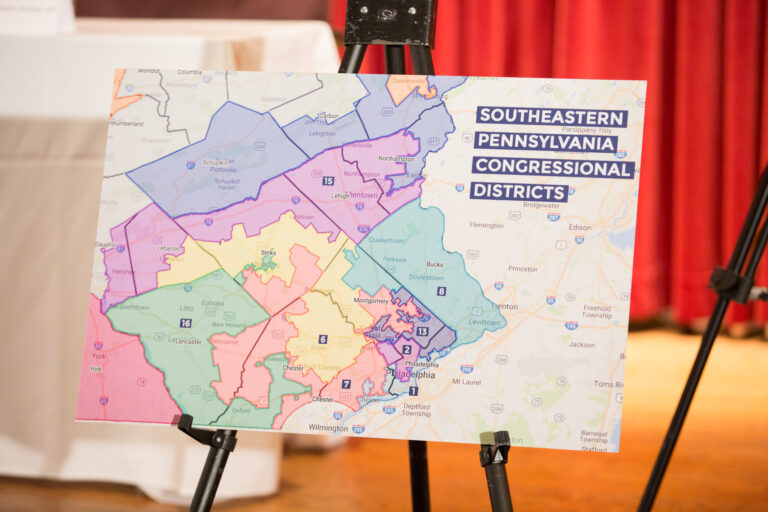
Michelle Berger is a student at Harvard Law School.
In today’s News and Commentary: UAW strike expands to Ford’s most profitable truck plant, negotiations break down between the actors and studios, and the September labor market defied expectations.
The UAW surprised Ford yesterday evening when 8,700 workers walked off and struck Ford’s most profitable truck plant, located in Louisville, Kentucky. UAW workers at the Big Three automakers have been on strike since their contract expired last month. The UAW had excluded Ford from prior waves of strike expansions, which UAW President Sean Fain had previously been announcing on Fridays until yesterday’s surprise announcement. The UAW’s targeted, expanding strikes strategy is understood to be severely disruptive for the automakers while requiring only 22% of the Big Three’s 150,000 autoworkers to strike. This impactful strategy is made possible by the UAW’s large membership across so many workplaces within the same industry. The UAW is striking for higher wages, the abolishment of a two-tier wage system, and unionization at EV battery factories. So far, GM has agreed to allow unionization at its EV battery factories. GM also came to an agreement with its Canadian Union on Tuesday after a brief strike.
Negotiations between the screen actors’ guild and the studios broke down yesterday evening as well. The negotiations are now suspended, according to a statement by the studios. The actors have been on strike for nearly three months. As John reported earlier this week, Hollywood’s writers ratified their new contract with the studios with 99% of members voting “yes.”
Contract negotiations in both industries are occurring against a backdrop of a strong labor market. According to Bureau of Labor Statistics data released last week, U.S. employment surged in September, increasing more than it has in eight months with an increase of 336,000 jobs. This was almost double the number forecast by economists, Reuters reports. Writing in the American Prospect, Ryan Cooper attributes high employment to Bidenomics.






Daily News & Commentary
Start your day with our roundup of the latest labor developments. See all
December 17
The TSA suspends a labor union representing 47,000 officers for a second time; the Trump administration seeks to recruit over 1,000 artificial intelligence experts to the federal workforce; and the New York Times reports on the tumultuous changes that U.S. labor relations has seen over the past year.
December 16
Second Circuit affirms dismissal of former collegiate athletes’ antitrust suit; UPS will invest $120 million in truck-unloading robots; Sharon Block argues there are reasons for optimism about labor’s future.
December 15
Advocating a private right of action for the NLRA, 11th Circuit criticizes McDonnell Douglas, Congress considers amending WARN Act.
December 12
OH vetoes bill weakening child labor protections; UT repeals public-sector bargaining ban; SCOTUS takes up case on post-arbitration award jurisdiction
December 11
House forces a vote on the “Protect America’s Workforce Act;” arguments on Trump’s executive order nullifying collective bargaining rights; and Penn State file a petition to form a union.
December 8
Private payrolls fall; NYC Council overrides mayoral veto on pay data; workers sue Starbucks.